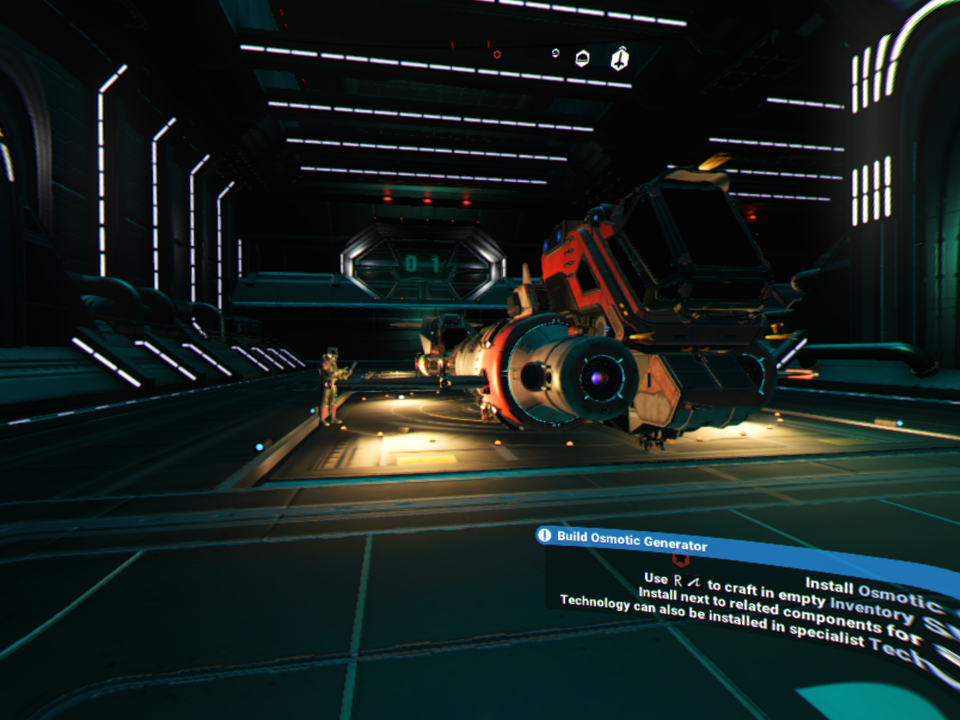No Man’s Sky represents one of the best redemption stories in recent gaming history. The infamous 2016 launch resulted in the release of a game that was a technical marvel, but one that had a troubled start due to miscommunication and a nuclear-fueled hype train that smashed straight into the small adobe hut that is indie development. Well, three years later, Hello Games has launched the fifth massive update for this now-thriving game, Beyond. There is more than enough content here to warrant a review, and thus, we present to you our No Man’s Sky Beyond review.
You’re Going to Help Us, PC Gamers
As with previous massive updates by Hello Games, the launch wasn’t bug-free by any means. Players who have stuck with the game this long should know by now to backup their save games before taking the plunge into Beyond. But Hello Games has been busily applying patch after patch, fixing production bugs that their limited testing would have never found prior to release. While PC gamers receive these updates first, they serve as a testing ground for console gamers, who get the more polished version of these patches thanks to the more stringent certification process at Sony (and presumably, Microsoft). The result has been, in less than a week, an update that has been patched multiple times, at a furious pace that makes AAA development studios look as slow as molasses. This responsiveness is the double-edged sword of small-team development.
The crux of No Man’s Sky Beyond deals with three tiers: a bunch of quality-of-life updates brought No Man’s Sky up to version 2.0, online gameplay has been greatly expanded and streamlined into the experience, and VR support has been added across multiple platforms, including the PSVR. That last tier is perhaps the most exciting and is, in my opinion, a headset seller. It’s really that big of a difference.
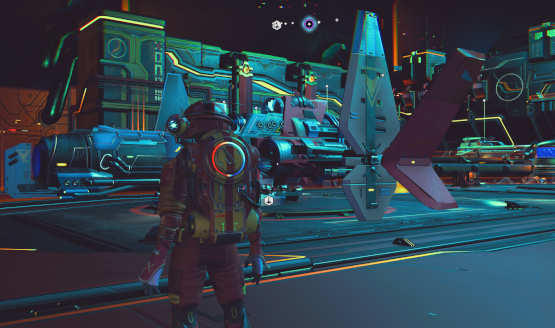
You Have to See It for Yourself
If any VR doubters ask for just one game to play to really showcase the wonders of VR, it is now No Man’s Sky, full stop. Yes, No Man’s Sky is the killer VR app we’ve all been waiting for. You’ll never forget your first spaceship takeoff in VR, nor your first landing, or that first spacefaring dogfight. This comes with a major caveat, that in order to achieve a reliable lock of 90 frames-per-second (which VR requires for a comfortable experience), graphical details had to be sacrificed. The result is that No Man’s Sky on PSVR is blurry as hell.
Most in-game menus and prompts are clear, and the player can physically lean forward to read smaller fonts. But objects beyond approximately a meter or so are not very detailed. Yet, our brains are very quick to adapt to things, and this blurriness is no different than any other hindrance. Most players should have no problem getting used to the visuals within a few hours. Personally, I also turned off the vignette effect and turned on smooth movement and rotation, but this will come down to not only preference, but physical ability to handle full VR without getting motion sickness.
It does seem as though this blurriness can possibly be overcome, on the PS4 Pro at least. While playing in VR, I noticed that my PS4 Pro’s fans weren’t particularly loud. This usually indicates that the system isn’t being very taxed. (Editor’s Note: This is speculation based on an educated guess and may not actually be indicative of how much the system is being taxed.) So, perhaps another patch may release in the future to give PS4 Pro players a slightly larger high LOD field around them. Even an extra meter or two directly in front of the field of vision would make a world of difference. Oddly, the blur doesn’t appear to be as evident in the video being fed into the television from the processor unit, though this may simply be due to the distance from the average viewer to the pixels on the screen as opposed to viewing distance on the headset.
Blurriness aside, the entire widely-expanded No Man’s Sky experience has been transformed in this VR mode. All previous updates, from Pathfinder, to Atlas Rises, NEXT, The Abyss, Visions, and of course, Beyond, can be experienced in first-person VR. For those that own the hardware, this will be the best way to play the game. Our brains are so easily fooled, that even though much of the world is blurry, that doesn’t make the sense of scale any less overwhelming in No Man’s Sky. Suddenly, those 5-meter tall dinosaur-looking “Diplos” become outright scary up close, even if most of them are gentle giants. Caves become claustrophobic, while even passing clouds get your brain’s attention. Part of the quality-of-life upgrades in Beyond included a larger scale to the spaceships and other vehicles, and it shows in VR. The medium-sized exocraft, for example, has tires that are as tall as an average person, something that definitely wasn’t clear before! Jumping off from anything of even a modest height will produce that tingling feeling in one’s stomach, like that of being on a rollercoaster. Every. Single. Time. It never gets old.
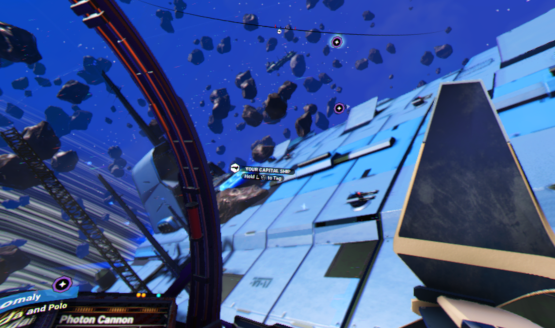
It’s the Only Way to Fly
Even previously mundane things are seen in a whole new light in No Man’s Sky. Take something like blasting off from one planet to head straight to another. It’s a straightforward action which, while cool, isn’t all that special compared to other sci-fi games. But in VR, I suddenly found myself taking off more slowly, so that I might look around the fully-rendered cockpit, and glance down at the planet as it slowly shrank in size the higher I went. No Man’s Sky has always been a chill-paced game in a fast-paced world, and this VR mode seemed to invoke a desire in me to slow down and bask in my surroundings for just a little longer. In one of my play sessions over this first weekend with the Beyond update, I didn’t even leave the system I started in, since each planet and moon had a ton of unique aspects to take in, though the increased amount of things to do in the game itself certainly had something to do with this as well.
While No Man’s Sky can be played in VR with a DualShock 4, it can also be experienced with the more visceral Move controllers. This mode has a carefully thought out control scheme, where almost everything has been covered. Moving can be done teleportation style, or by a combination of walking forward with the left Move button, strafing by rotating that same controller, and turning with the right Move controller’s cross and circle buttons. The teleportation method can ease motion sickness, and can be quick, but the smooth option feels more natural.
A special control scheme also shows up once in any ship (as well as the Nautilon submarine), where the player’s hands must physically grip the throttle on the left, and a joystick on the right. The player’s hands can be toggled to grip these controls, so that fatigue doesn’t set in as holding the trigger isn’t required. Speed-related actions are performed with the left hand, while combat and maneuvering actions are performed with the right. The land-based exocraft vehicles control more like all-terrain craft, and task the player with rotating their hands as if they were using a virtual steering wheel. Leaving all vehicles requires physically grabbing handholds, and lifting, which is easy, natural, and satisfying. All of these specialized control options mean that even veteran No Man’s Sky players will need a few hours to get used to everything, but time spent learning the systems now will result in a much more tactile, rewarding experience later.

I Didn’t Know This Ship Could Do That
A side effect of the Move control scheme is that dogfighting has become much more enjoyable. An increase in the default speed of ships during combat helps to prevent the player from becoming a sitting duck, though combat remains easy. Indeed, past a certain point, fights are not very challenging, as the player’s ship is overpowered for most battles. Only the sentinel ships pose a threat at that point. Even with the ease of battle, in VR rolling and firing, evading and locking on are visceral audiovisual treats, and some of the most intense VR action can be found in space. Those who have ever been motion sick from VR may want to take heed and turn on the vignette option prior to blasting off, though. Perhaps a future update will revamp No Man’s Sky’s space combat systems as much as the other systems–with Hello Games’ now-stellar track record, I wouldn’t bet against the possibility!
Managing inventory or bringing up the quick menu with the Move is now done by physically raising the left hand, and pointing to options with the right, and pointing to the multi-tool in the right hand manages that instead. While physically pressing the corresponding trigger selects items, so too does simply pointing and “touching” the in-game interface as though it were a massive, floating touchscreen. This is an unexpectedly immersive result of using such precise controllers, and something that is much quicker than using a DualShock 4.
Okay, okay, enough gushing about the VR mode (and how there needs to be a bundle with the headset now because it would absolutely be worth the price of entry to experience). What about other aspects of No Man’s Sky? How have they been improved? Well, for players new to the game, or those who left it while Hello Games was quietly (and perhaps unknowingly) preparing their redemption after a turbulent launch, tutorials have been revamped to help make the crucial first few hours more enjoyable. There’s a new Catalogue tab, which explains every material and usable object players will encounter, with information on where to find them or how to craft more. Upgrade trees now show players what their options will be for upgrading their exosuits, ships, exocraft, building parts, and more. This also allows players to tailor their early game hours with more exploration, survival, combat, or trade-focused upgrades, so they can play the game exactly how they wish.
Simulacra and Simulation
Planets now seem to generate more varied flora and fauna, and while the universe hasn’t been reset this time, more intense color schemes can be found, and wild plants now also grow where before there may have been nothing. These plants can be harvested, which can be combined with other materials and animal products to discover one of over 300 recipes, varying in name from the mundane refined flour, to the in-joke Grahberry or the hilarious yet ominous-sounding Haunted Pie. These creations can be consumed for (hopefully) a temporary boost to life support systems, or turned over to a “culinary expert” onboard the Anomaly. This is a deeper cooking mechanic than one might initially assume.
Other improvements come in subtle but useful ways, such as resource stacks now having an upper limit of 10,000. This means you can (and should) collect all the Di-Hydrogen crystals (and other materials) you see as you travel, because you can carry an effectively limitless amount of the stuff, which is needed for many craftable and rechargeable items. For those wary of a grind, new hyperclusters are occasionally collected from crystals and asteroids, which can be analyzed to quickly dump a good additional chunk of the resource into your inventory, saving some more time on building up a large stash of resources. The recharge cost of weapons and equipment has NOT gone up, so spending a few minutes collecting a bunch of resources will pay dividends for hours.
The quintillions of worlds that populated No Man’s Sky’s endless universe have always felt ironically unpopulated, outside of multiplayer. NPCs dotted the occasional base or trading post, but they felt more like puppets, never moving from their spawn point and rarely interacting with anything around them. Now, most NPCs can be seen walking around, as they pull out tablets to interface with a local trading terminal, bring out a holographic toy, or even sit and converse with other NPCs in their strange languages. Once, as I walked into an empty base and interacted with a terminal, an NPC Korvax walked right in from outside. It felt strange at first, having played the game all these years with essentially static NPCs, but within a few seconds it also seemed natural, as if the game had been like this the entire time. NPCs now also leave their ships after they touch down on a landing pad, and must be interacted with face-to-face in order to trade with. All that’s missing now is villages or cities of NPCs, perhaps with missions and conflicts of their own, and the life-supporting planets will truly feel lived in.
What Is the Nexus?
For social gamers, the Nexus is where they’ll want to head to in No Man’s Sky. VR and non-VR players alike can congregate in these shared spaces, which is located in the Space Anomaly. For those who may not know, the Anomaly was previously a space station that would randomly appear to travelers as they jumped from solar system to solar system, and had two lone occupants. Most of No Man’s Sky’s updates have incrementally upgraded and expanded the Anomaly. But Beyond has done an outright reimagination, and it hardly feels like the same space.
Rather than being randomly stumbled upon during gameplay, the Anomaly can now be summoned at-will in space, and, unless the player’s game is set to offline (yes, you soloists can still play everything offline), docking opens the game to up to 15 other players, who will come and go as they please from and to their own games. There is a limited form of trading, whereby players can transfer inventory items to others, though none of the game’s three currencies can be exchanged. Furthermore, multiplayer missions can be launched from this space, which anyone can join. The Nexus also allows players to visit each other’s bases, with a space for Hello Games to share particular bases of note globally, which will be an exciting space to watch, especially as the game has introduced electricity and logic to its building parts, which as any LittleBigPlanet or Minecraft fan knows, can result in some crazy automated creations.
Unlike the NEXT update, which showed other players as orbs unless in a group, full characters are rendered at all times, including customizations. “Ambient” players can be encountered as well, meaning as gamers approach the center of a galaxy, they may just run into another random traveler, as small of a chance as that may be. Other player ships are rendered as well, so those who have managed to hunt down a so-called “Squiddy,” the rarest and perhaps most powerful ships in the game, can show those off.
No Man’s Sky Beyond really has brought everything promised to players, and then some. While the initial launch was full of bugs, Hello Games has hardly left their offices, as they have released nearly ten patches post-update. One update in particular, 2.05, smoothed a lot of stability issues out, and Hello Games has been fixing things at a freakishly fast pace. This cannot be stressed enough: No Man’s Sky Beyond is a killer VR app on any platform, but it is a showcase-worthy example on the PSVR. Dust off those Move controllers and head back into the Euclid galaxy–you’ll be instantly glad you did.
No Man’s Sky review code provided by publisher when original game released. “Beyond” update released for free for current owners of the game. Version 2.05 reviewed on a PS4 Pro. For more information on scoring please see our Review Policy.
-
PSVR support is a perfect fit
-
Well thought out Move control scheme
-
2.0 upgrades bring a ton of polish, new things to do/collect/complete
-
Incredible long-term support continues from Hello Games
-
PSVR is really blurry
No Man's Sky Beyond Review
-
No Man's Sky Beyond Review #1
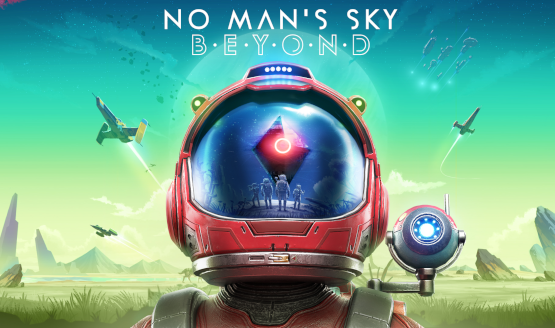
-
No Man's Sky Beyond Review #2
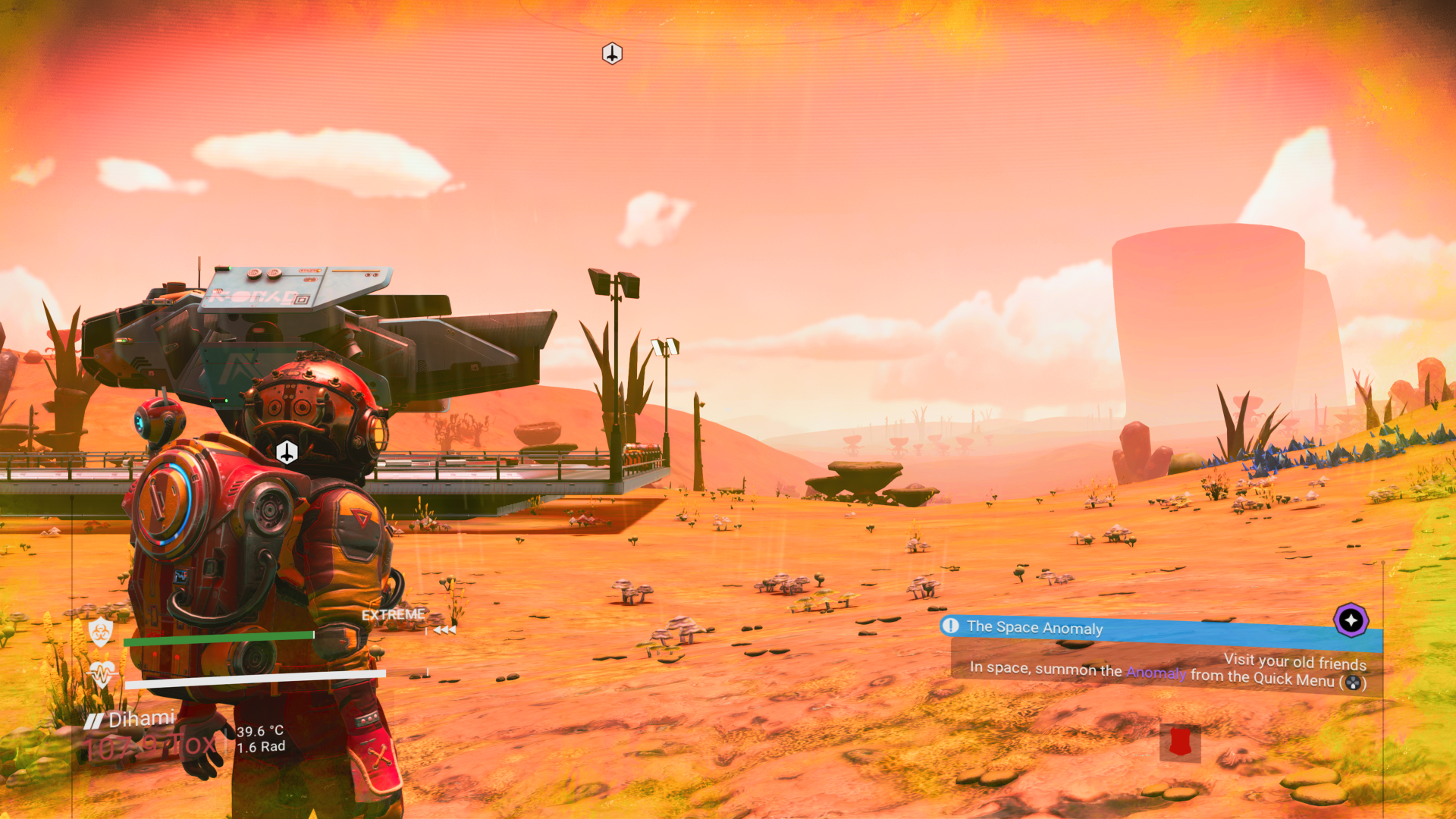
-
No Man's Sky Beyond Review #3
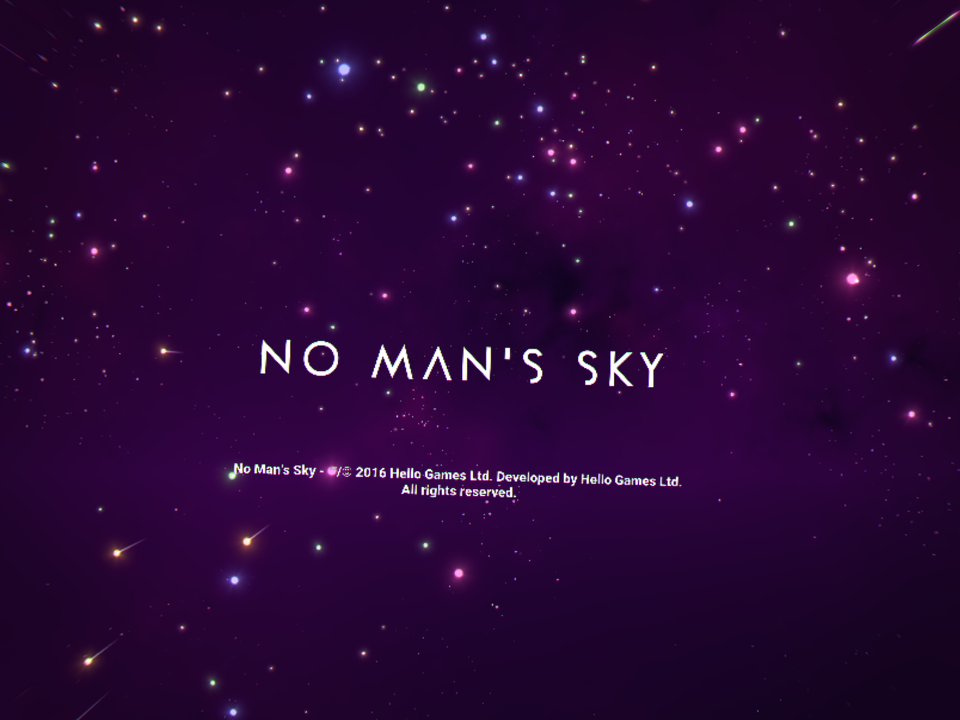
-
No Man's Sky Beyond Review #4
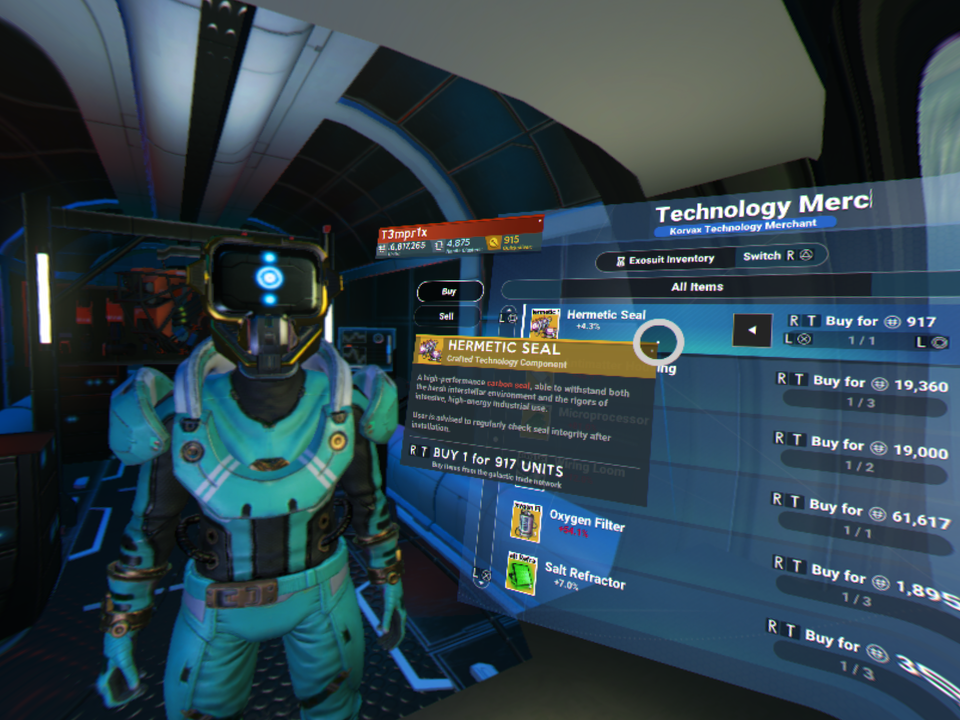
-
No Man's Sky Beyond Review #5
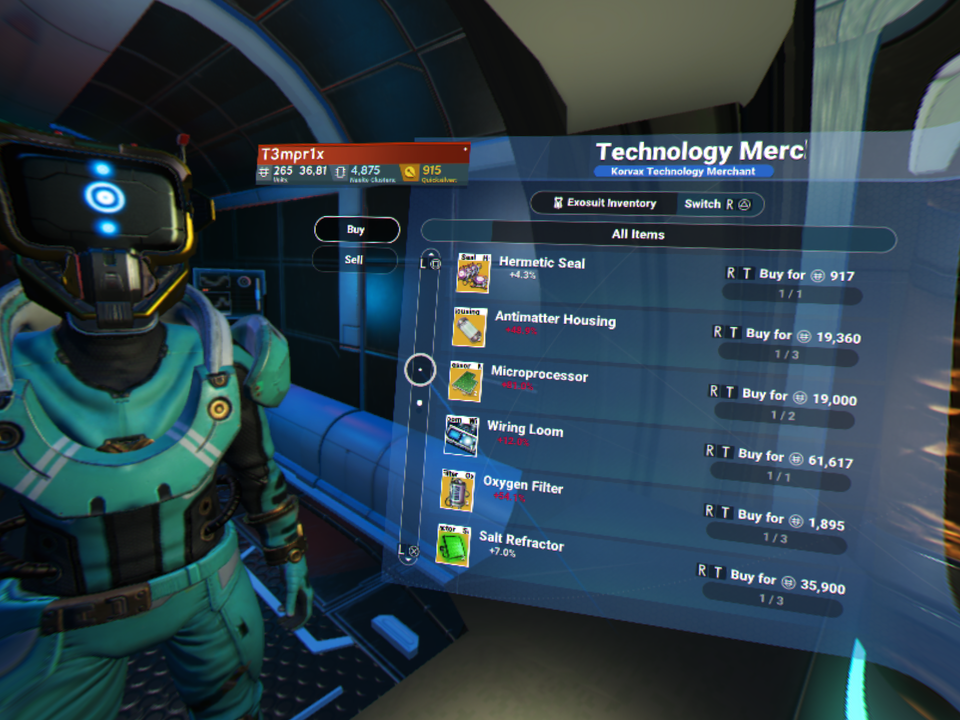
-
No Man's Sky Beyond Review #6
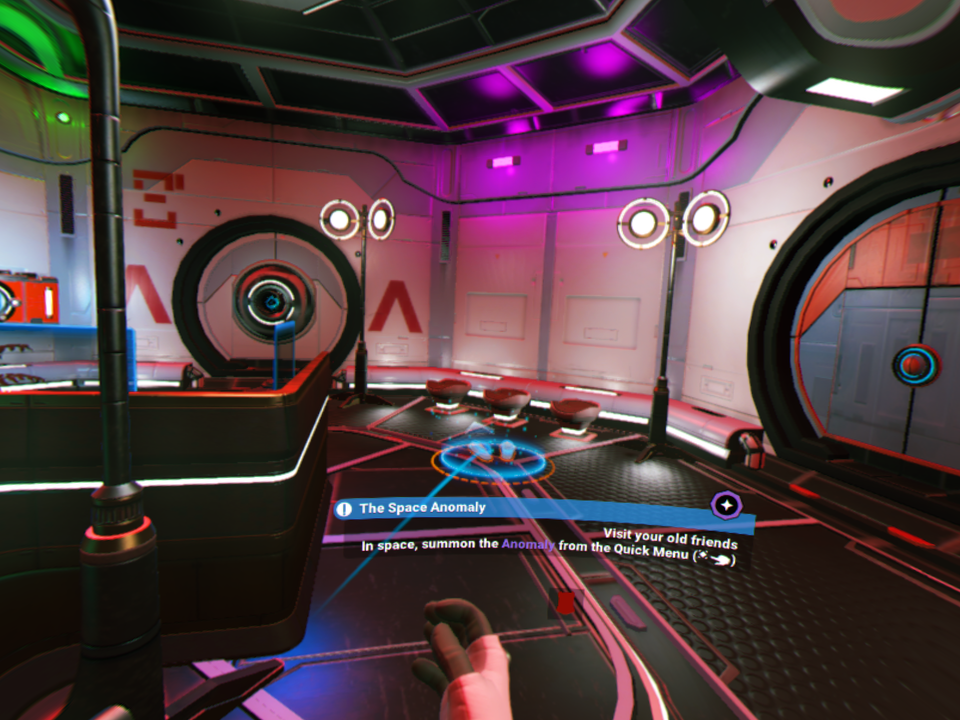
-
No Man's Sky Beyond Review #7
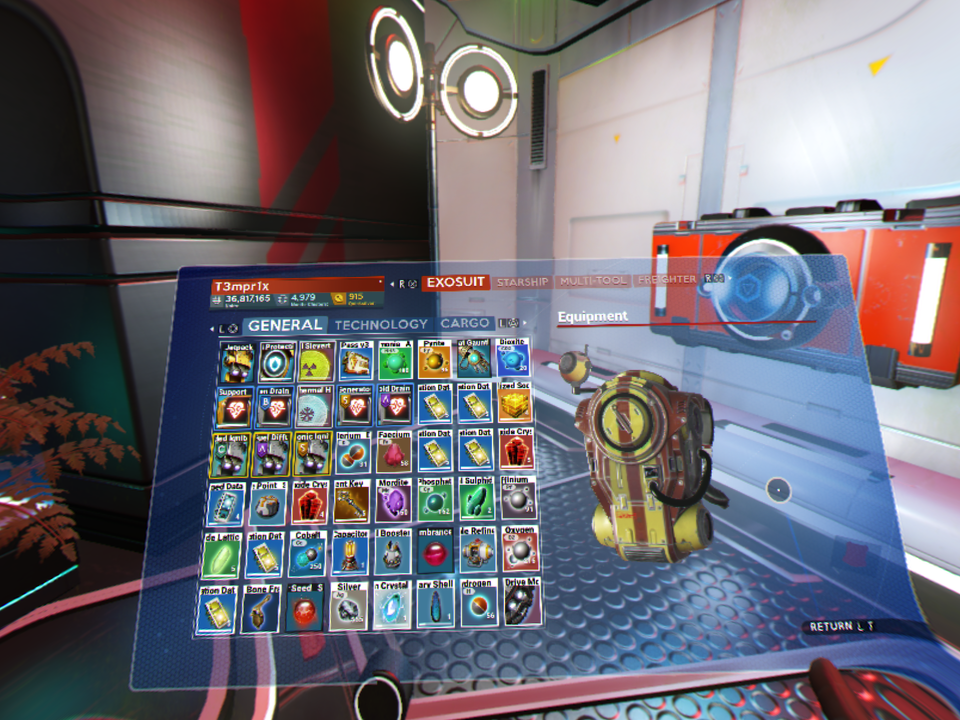
-
No Man's Sky Beyond Review #8

-
No Man's Sky Beyond Review #9

-
No Man's Sky Beyond Review #10
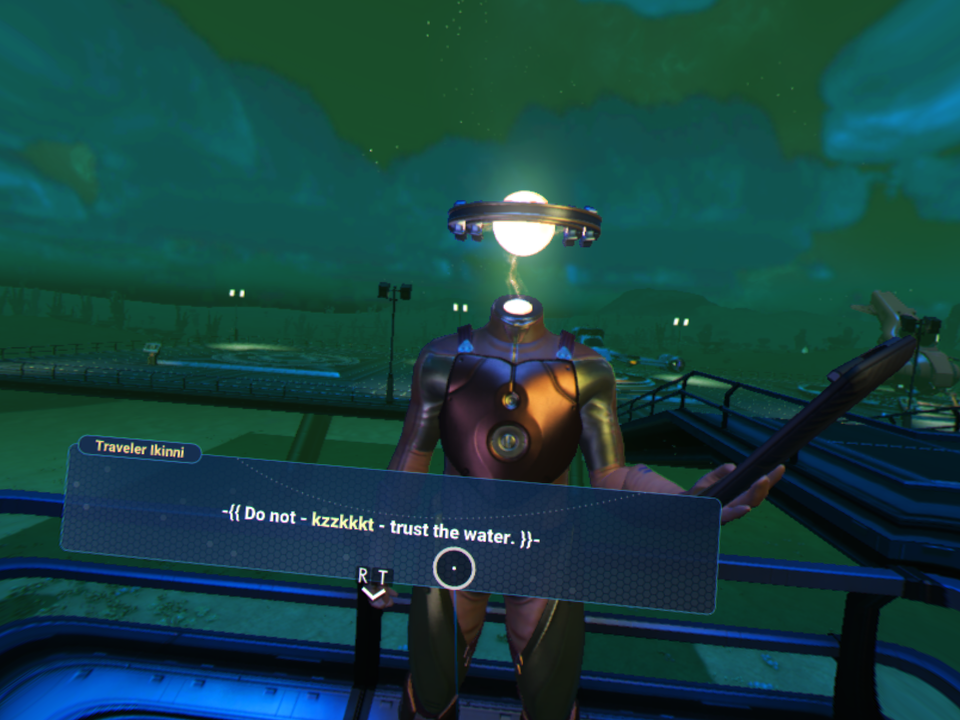
-
No Man's Sky Beyond Review #11
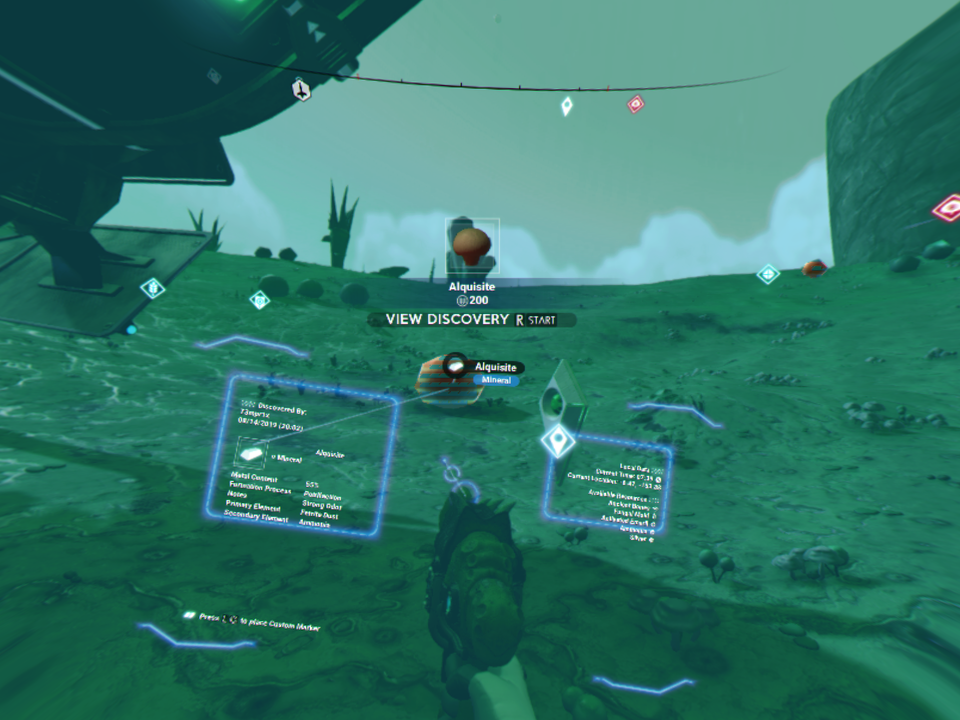
-
No Man's Sky Beyond Review #12
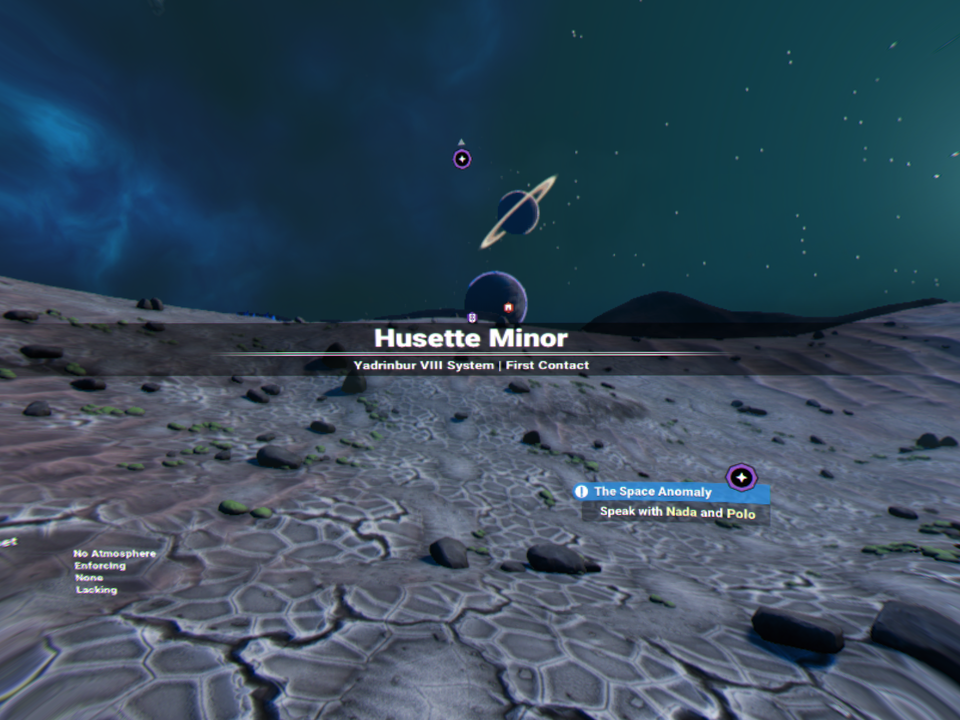
-
No Man's Sky Beyond Review #13
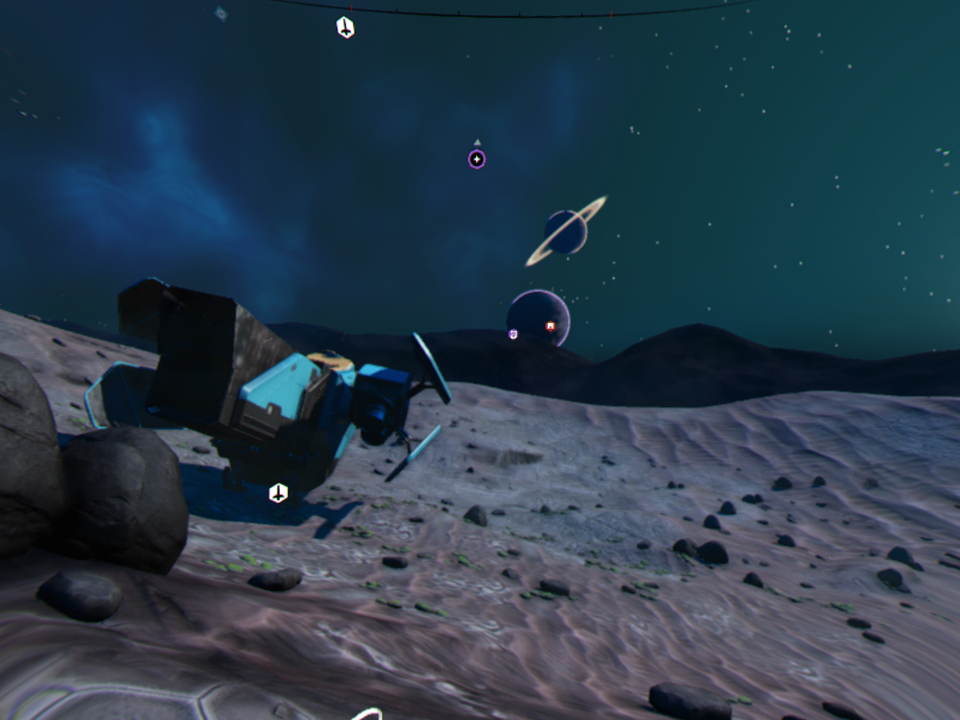
-
No Man's Sky Beyond Review #14
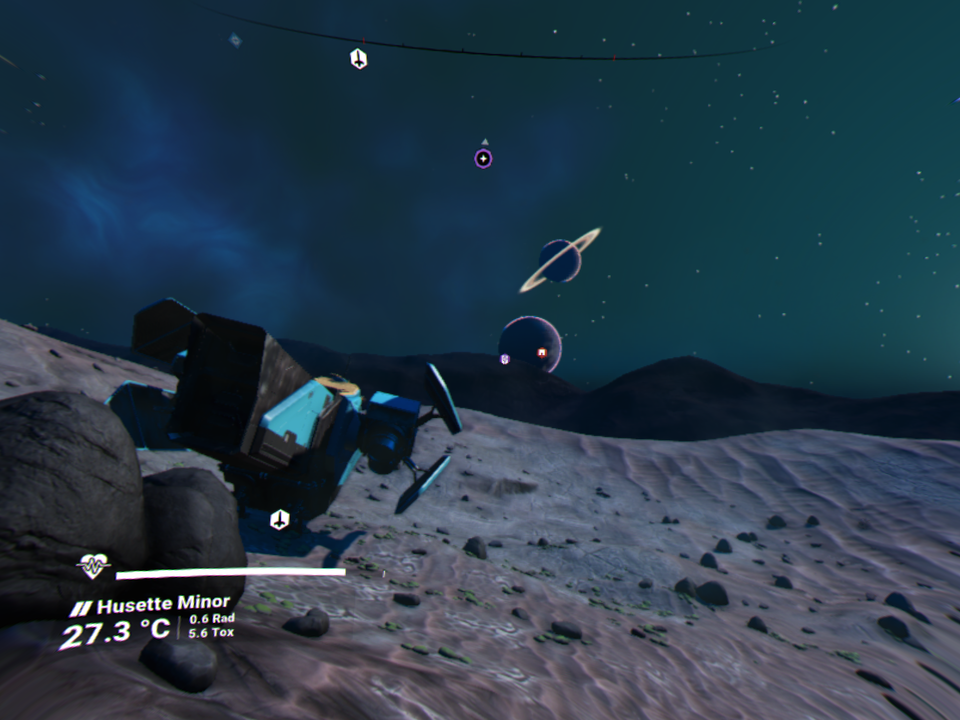
-
No Man's Sky Beyond Review #15

-
No Man's Sky Beyond Review #16
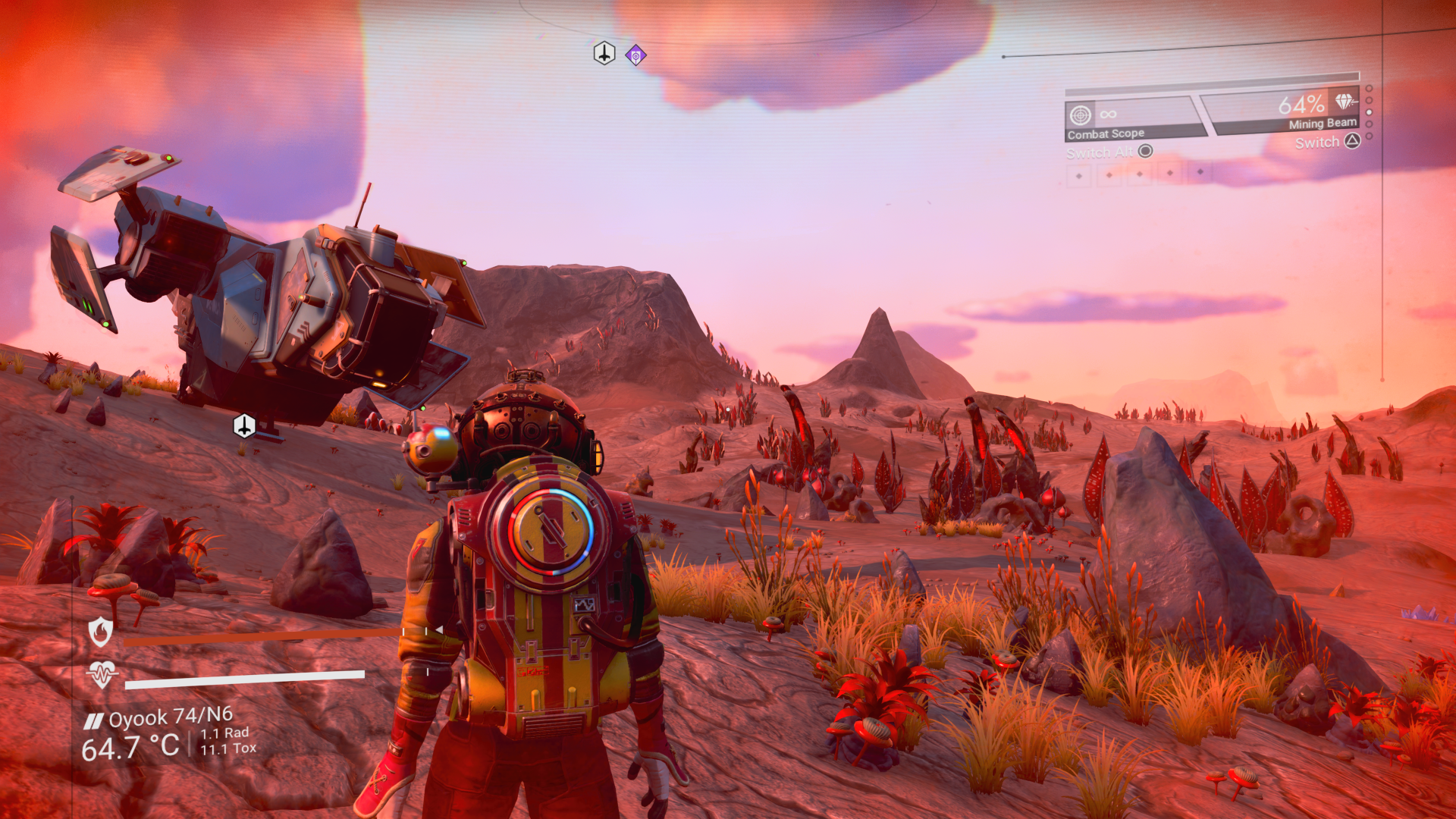
-
No Man's Sky Beyond Review #17
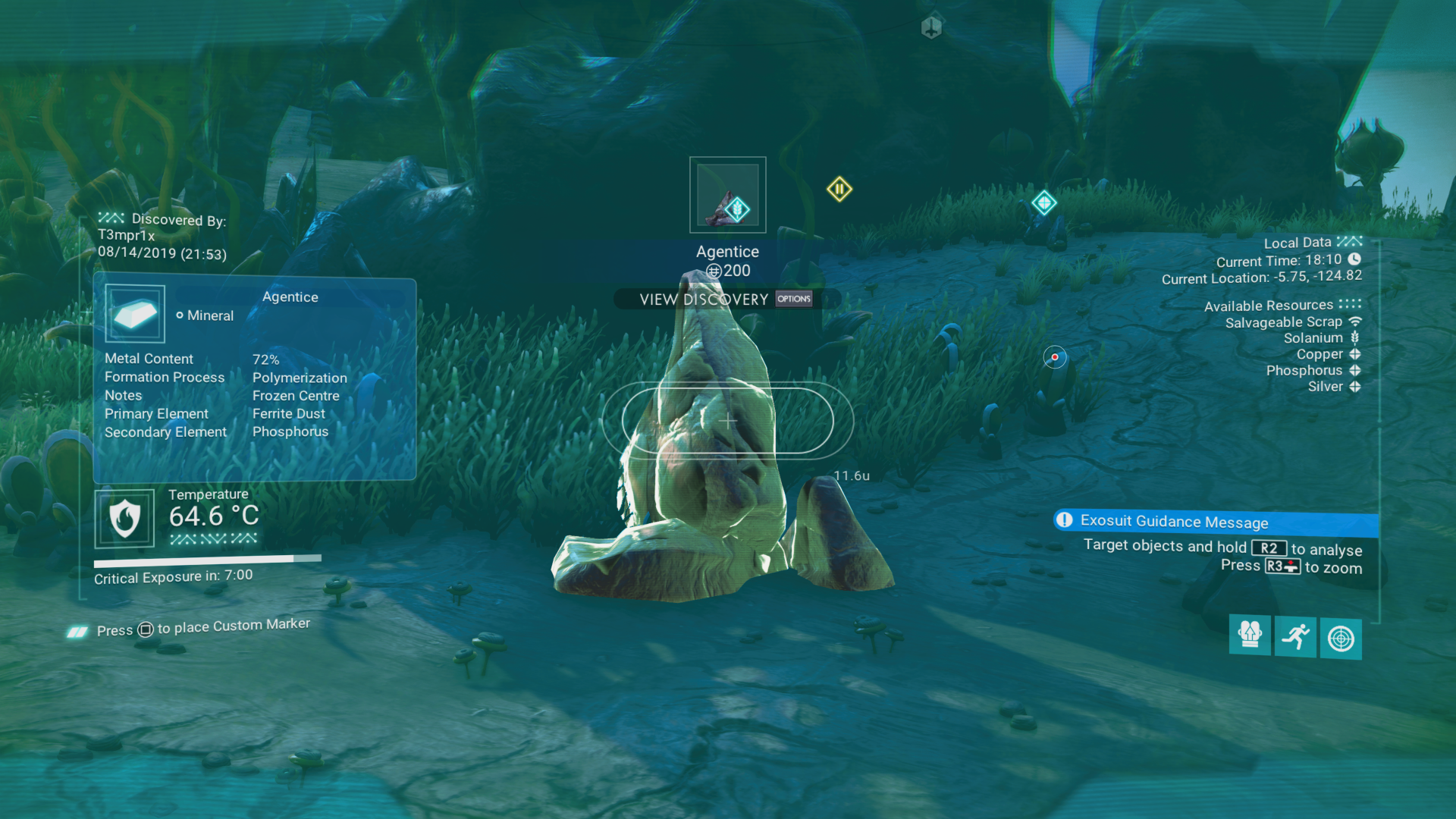
-
No Man's Sky Beyond Review #18
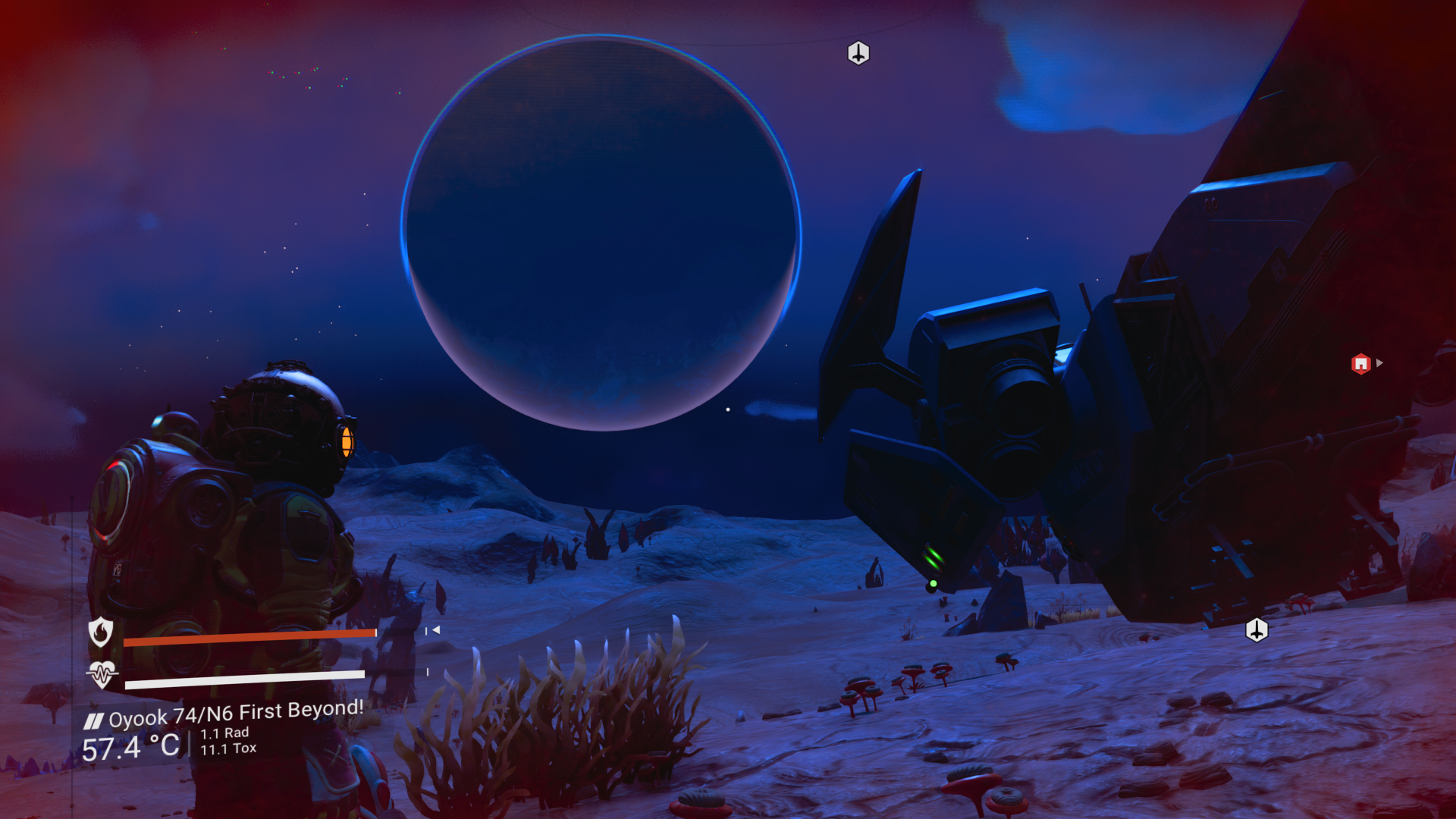
-
No Man's Sky Beyond Review #19
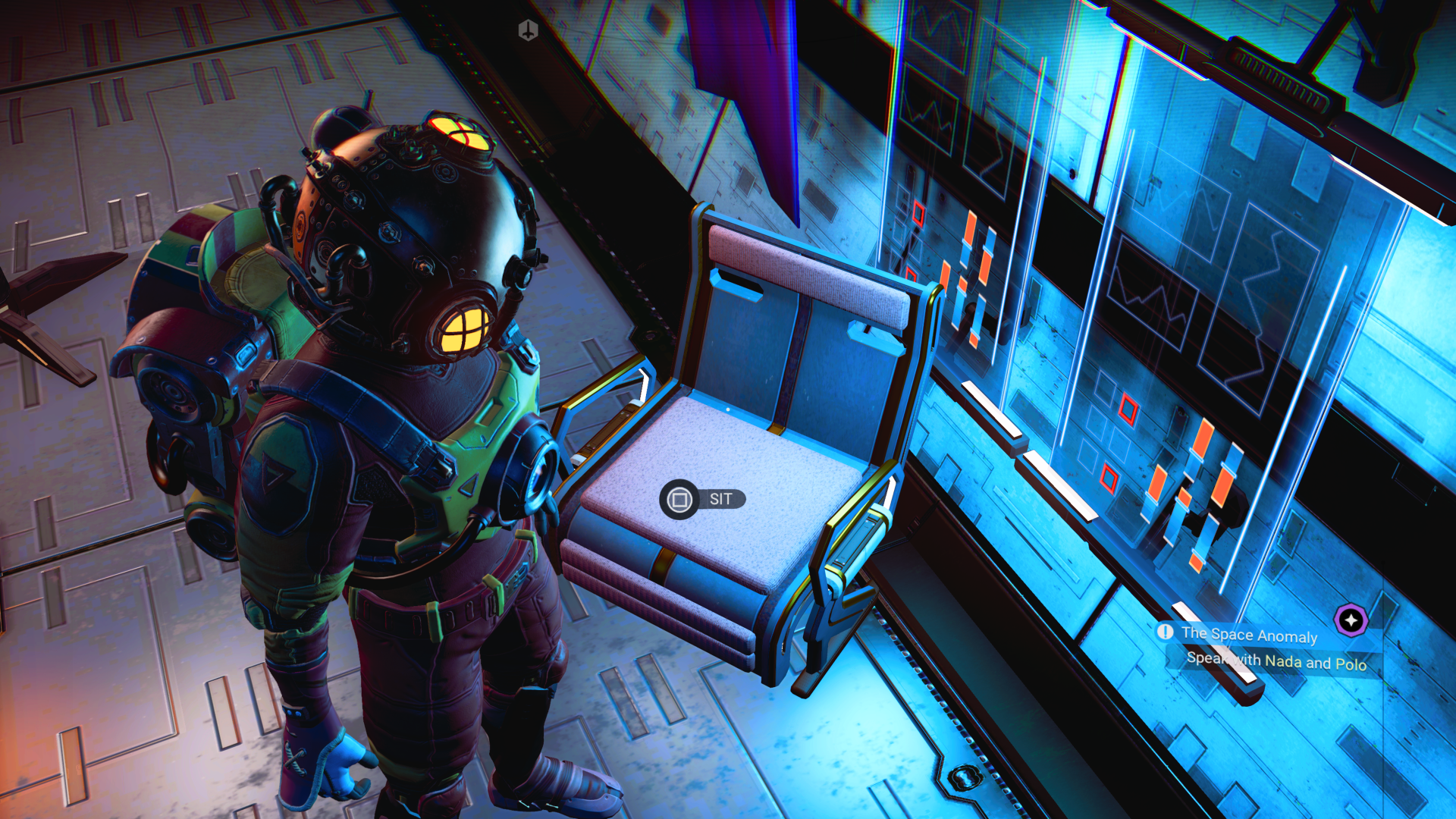
-
No Man's Sky Beyond Review #20
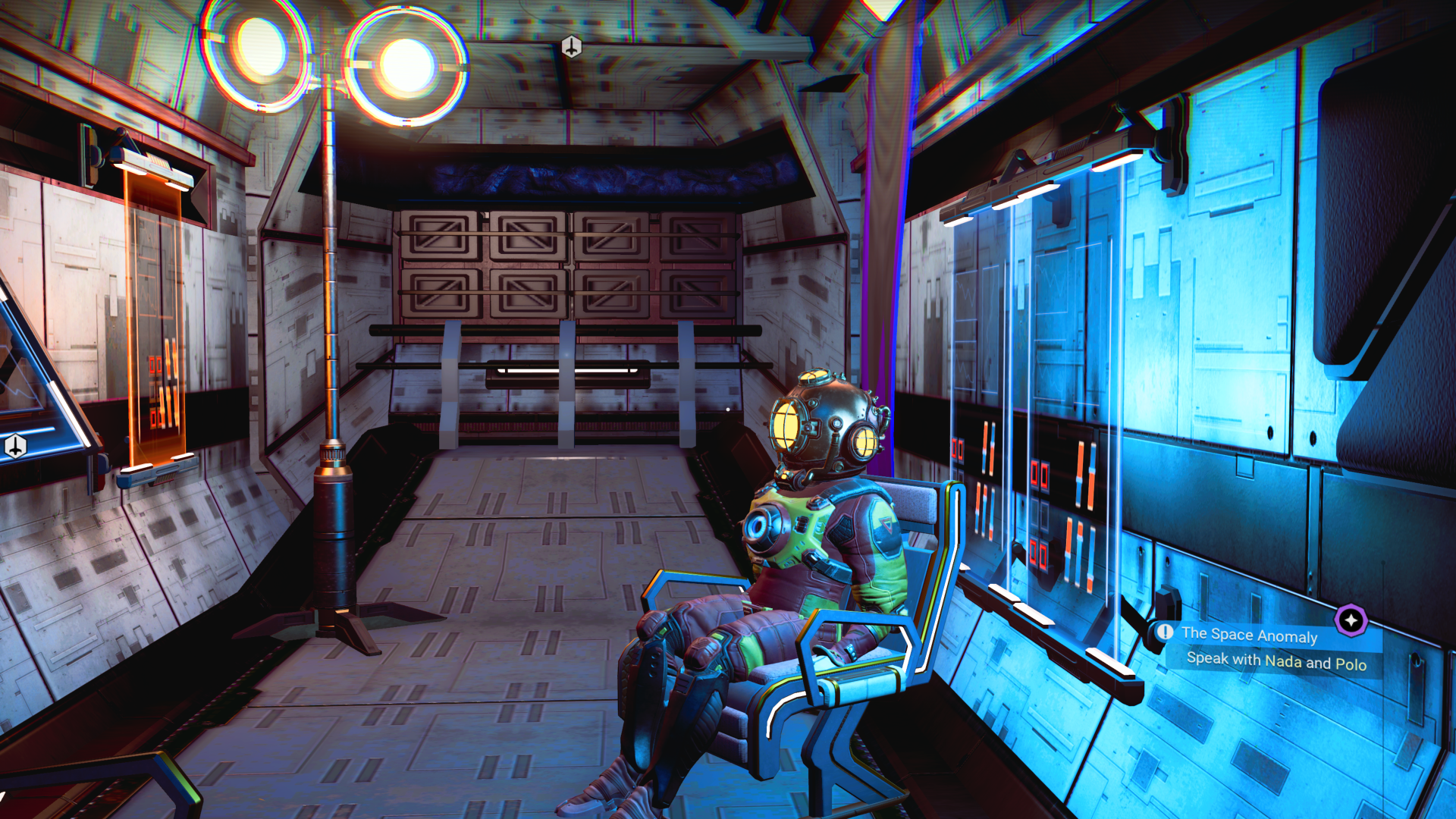
-
No Man's Sky Beyond Review #21
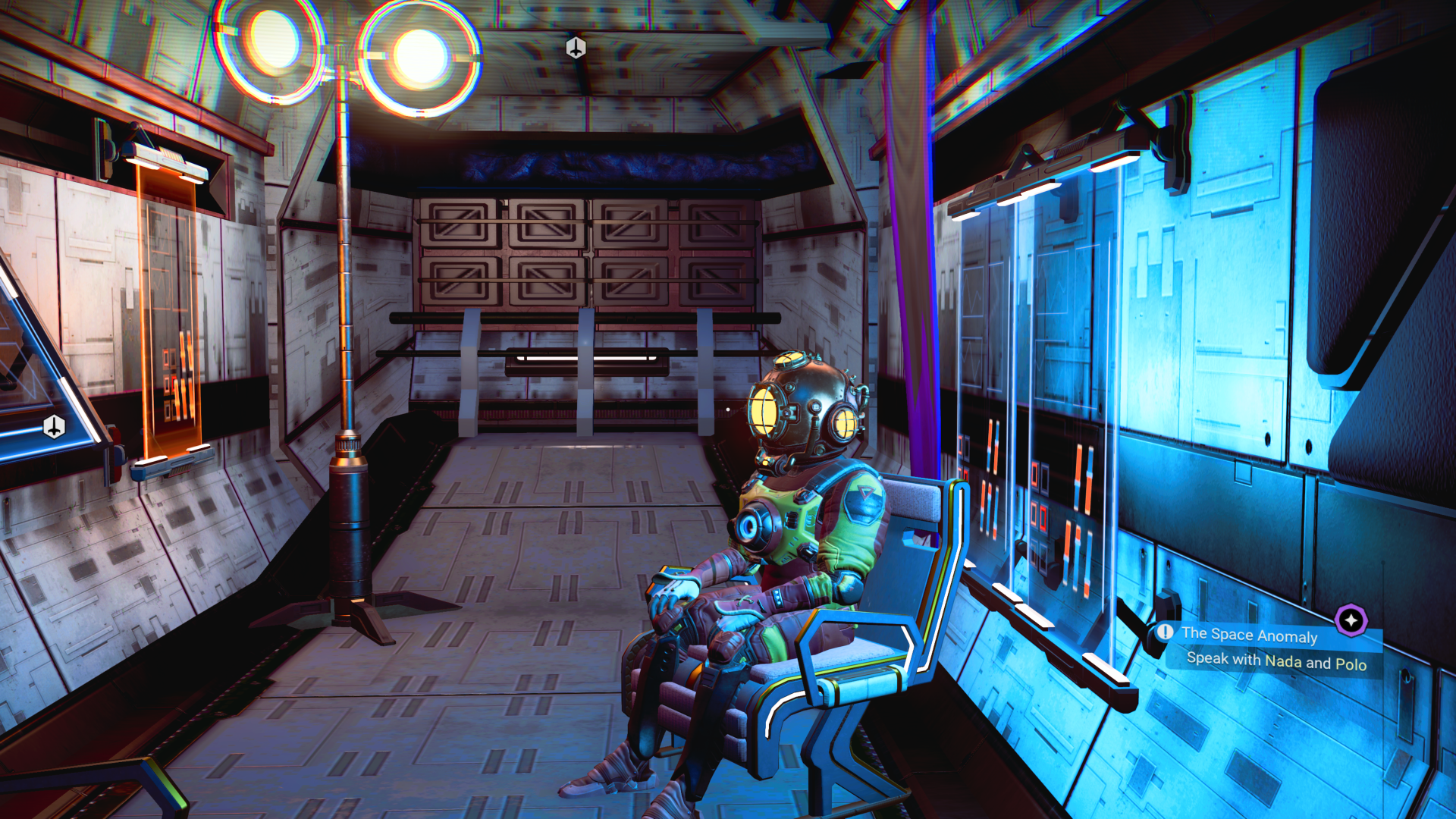
-
No Man's Sky Beyond Review #22
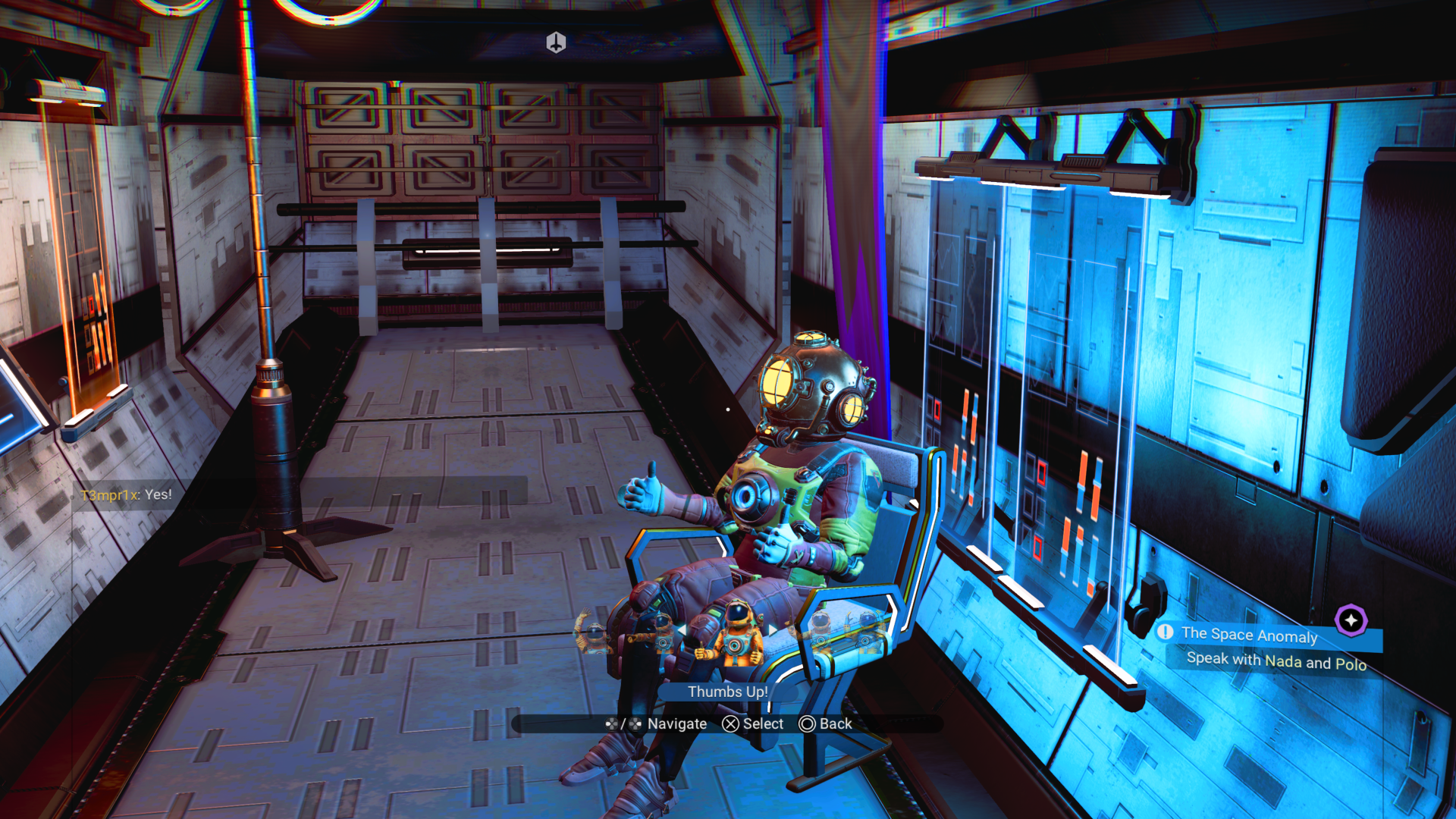
-
No Man's Sky Beyond Review #23
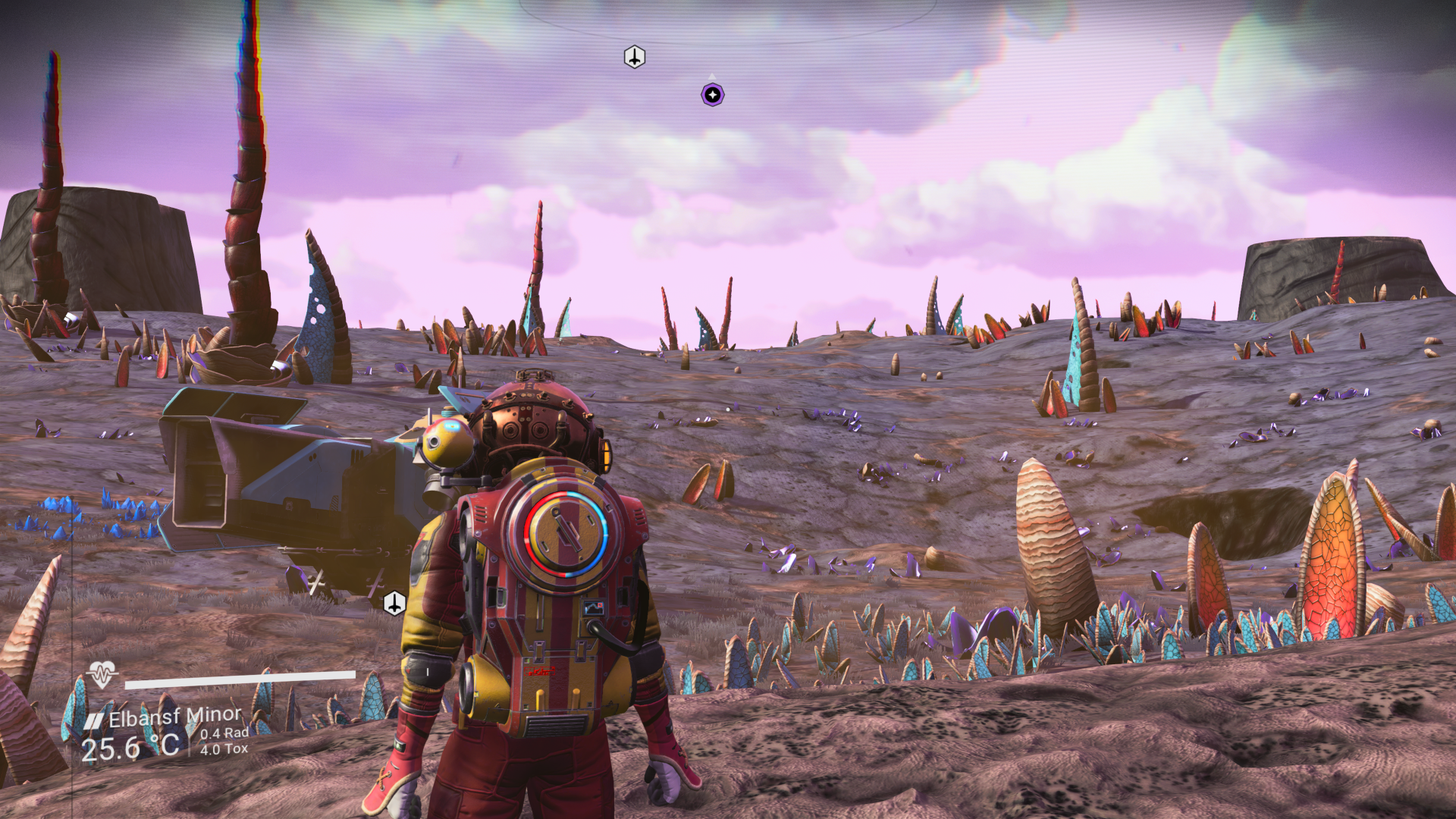
-
No Man's Sky Beyond Review #24
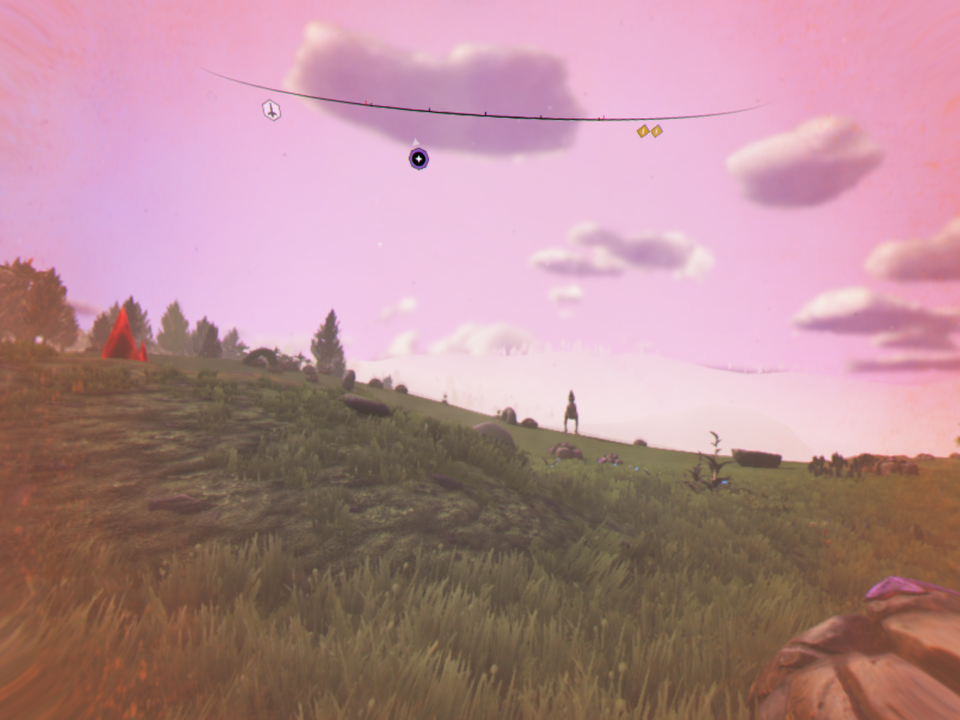
-
No Man's Sky Beyond Review #25
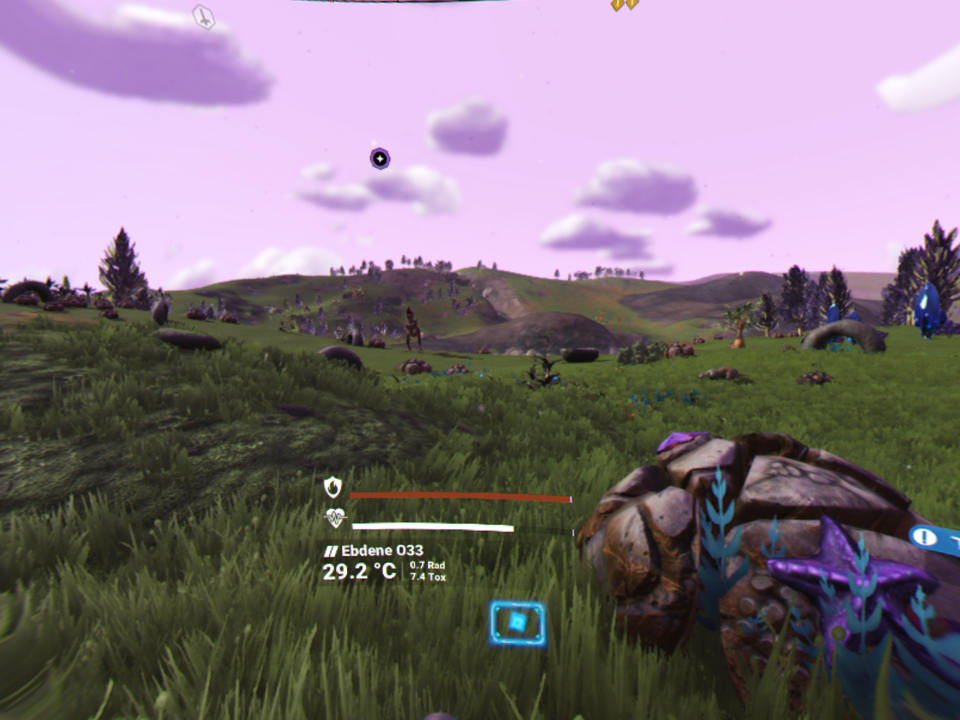
-
No Man's Sky Beyond Review #26
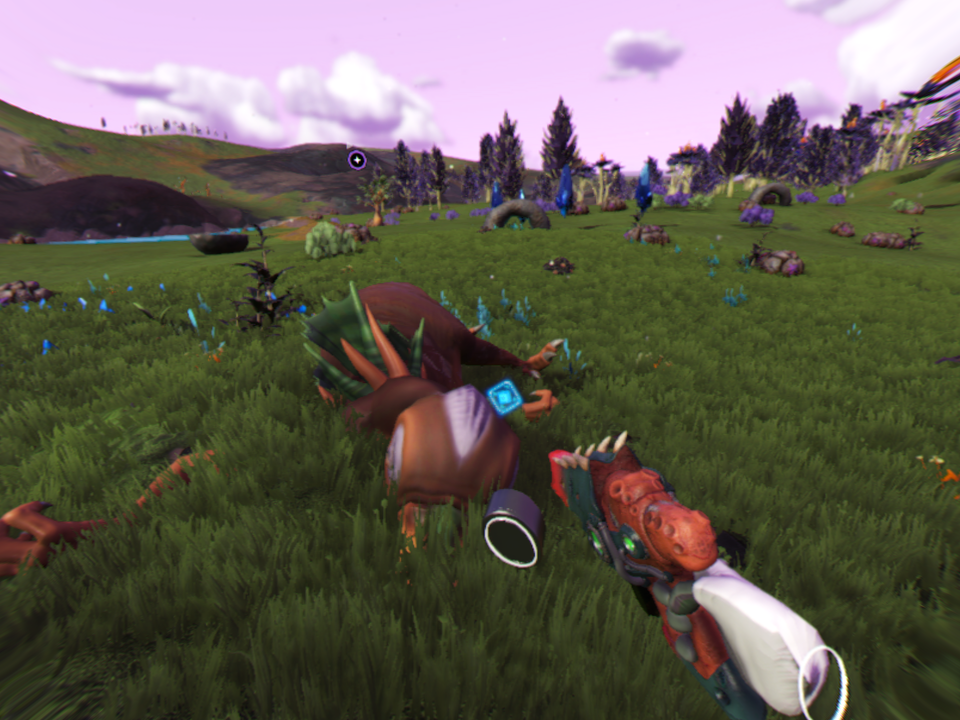
-
No Man's Sky Beyond Review #27
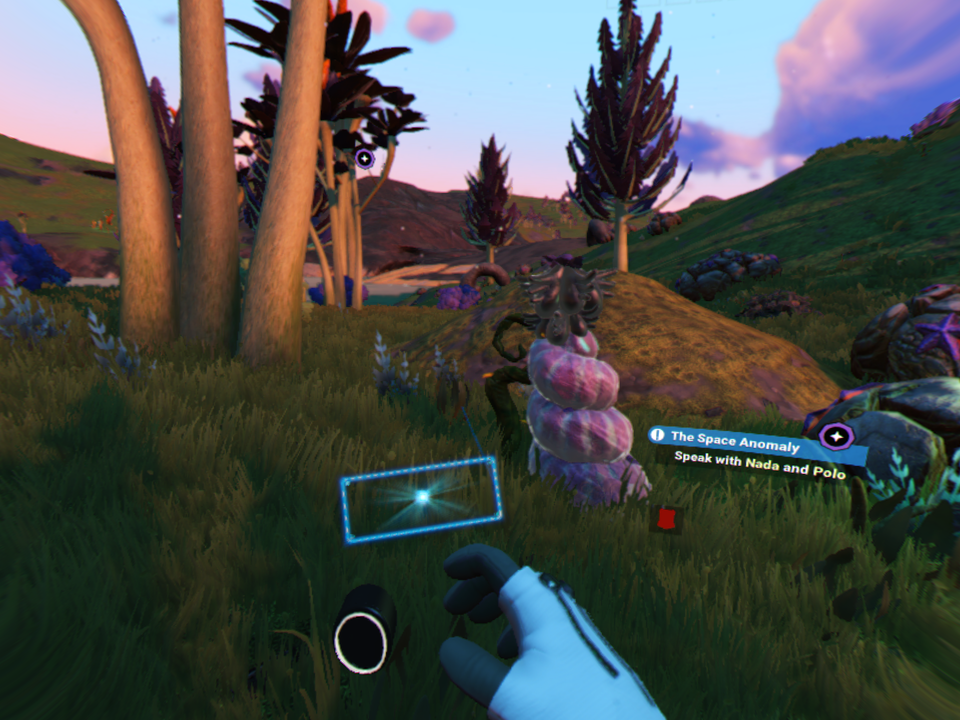
-
No Man's Sky Beyond Review #28
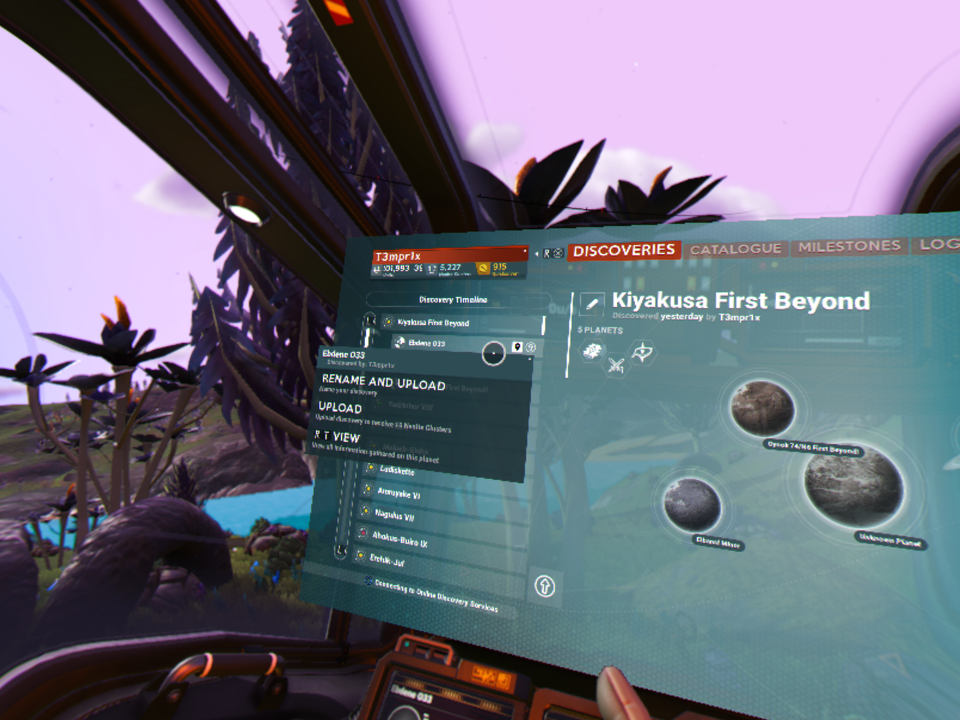
-
No Man's Sky Beyond Review #29
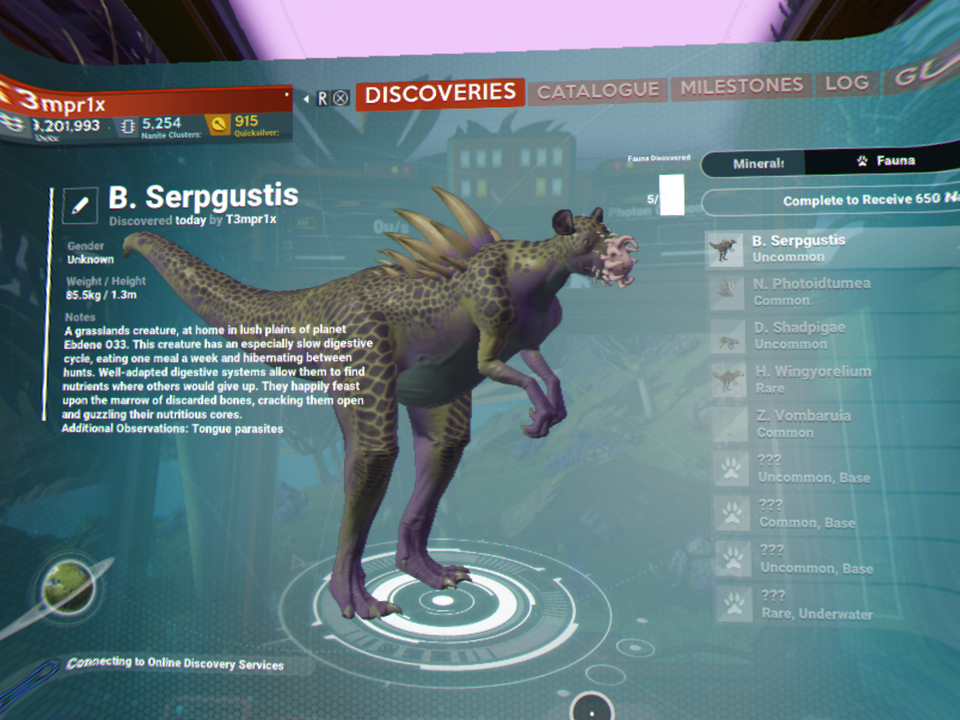
-
No Man's Sky Beyond Review #30
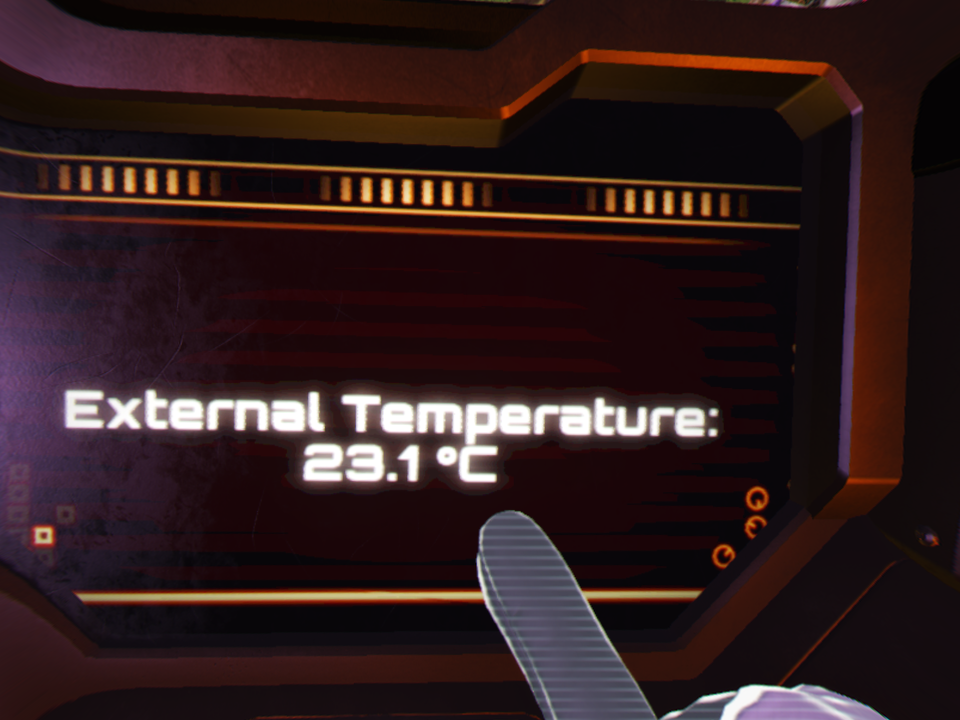
-
No Man's Sky Beyond Review #31
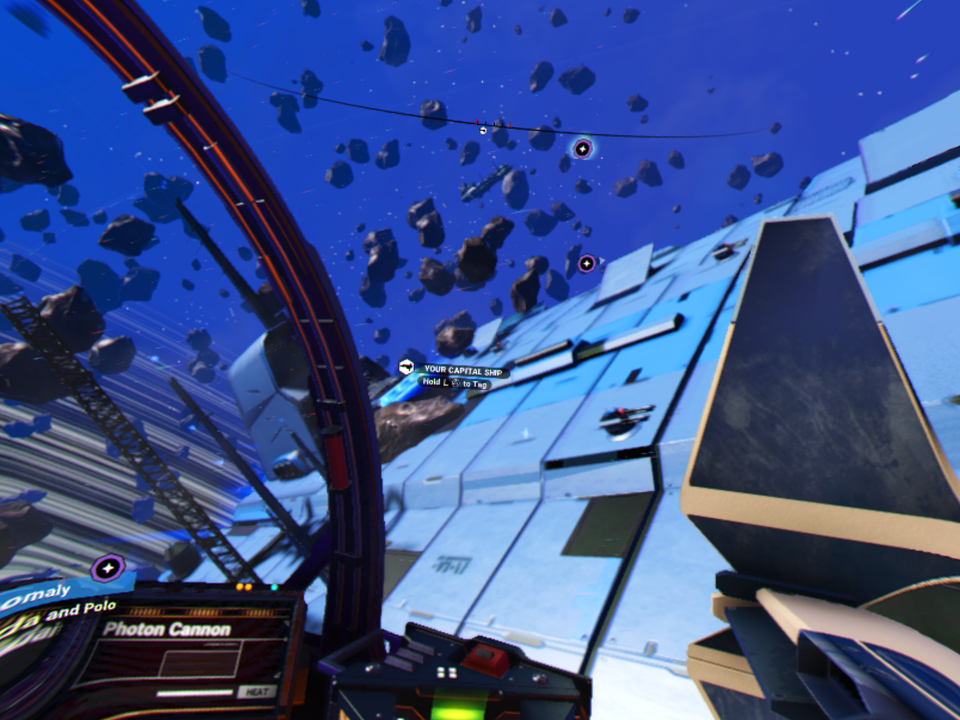
-
No Man's Sky Beyond Review #32
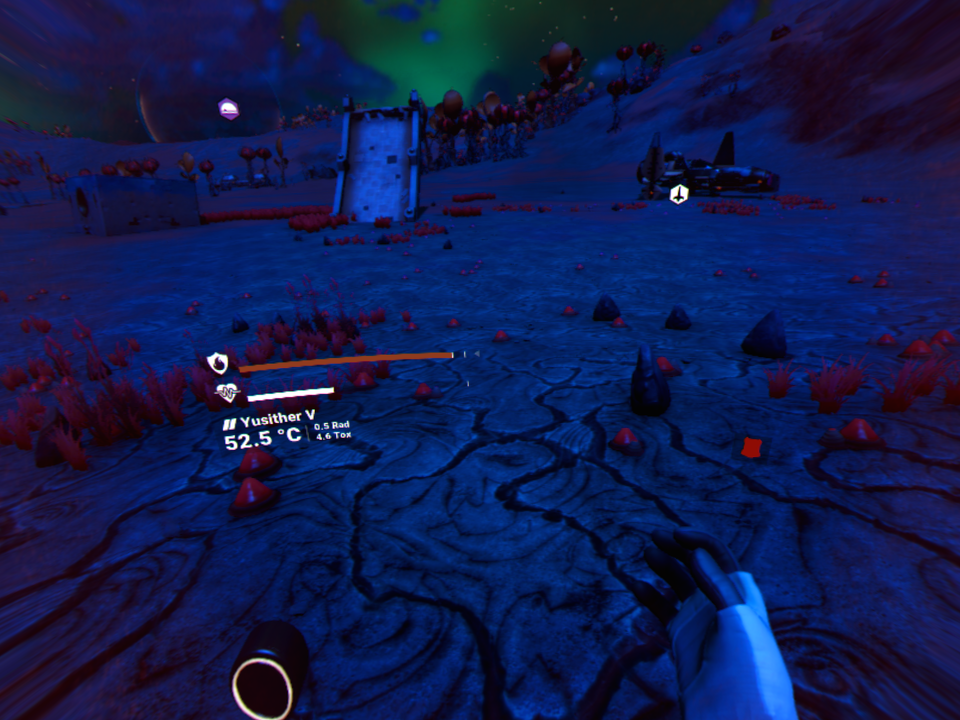
-
No Man's Sky Beyond Review #33
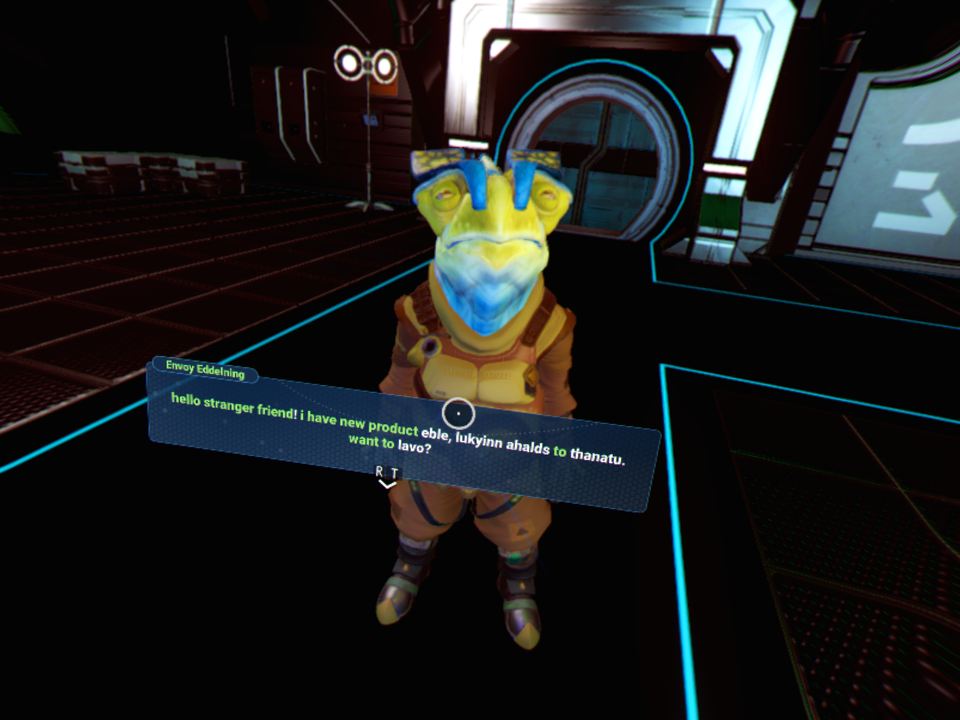
-
No Man's Sky Beyond Review #34

-
No Man's Sky Beyond Review #35
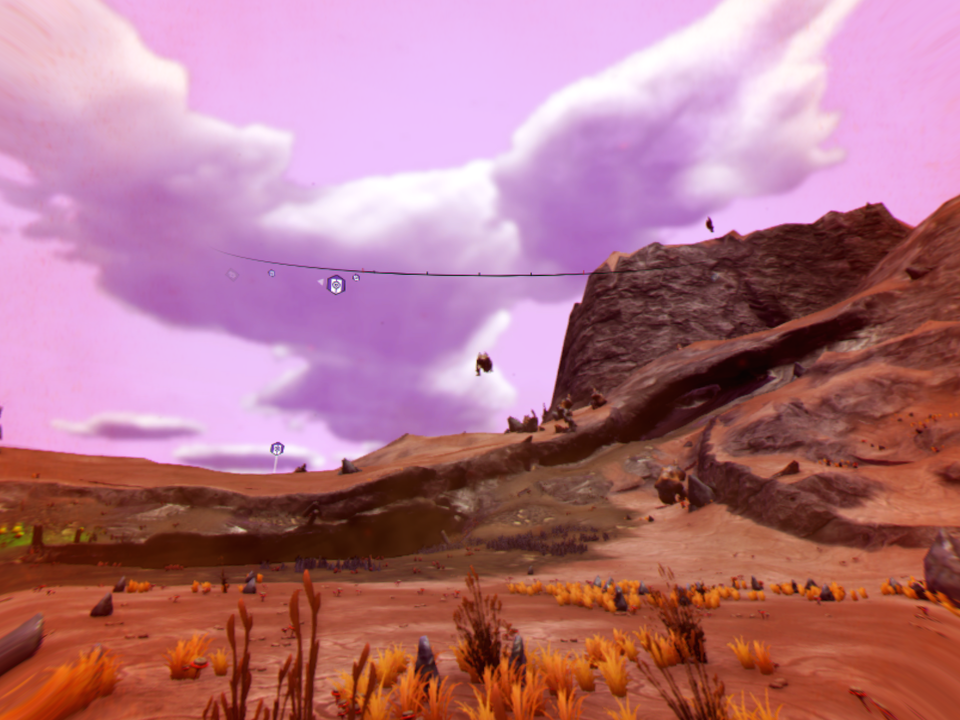
-
No Man's Sky Beyond Review #36
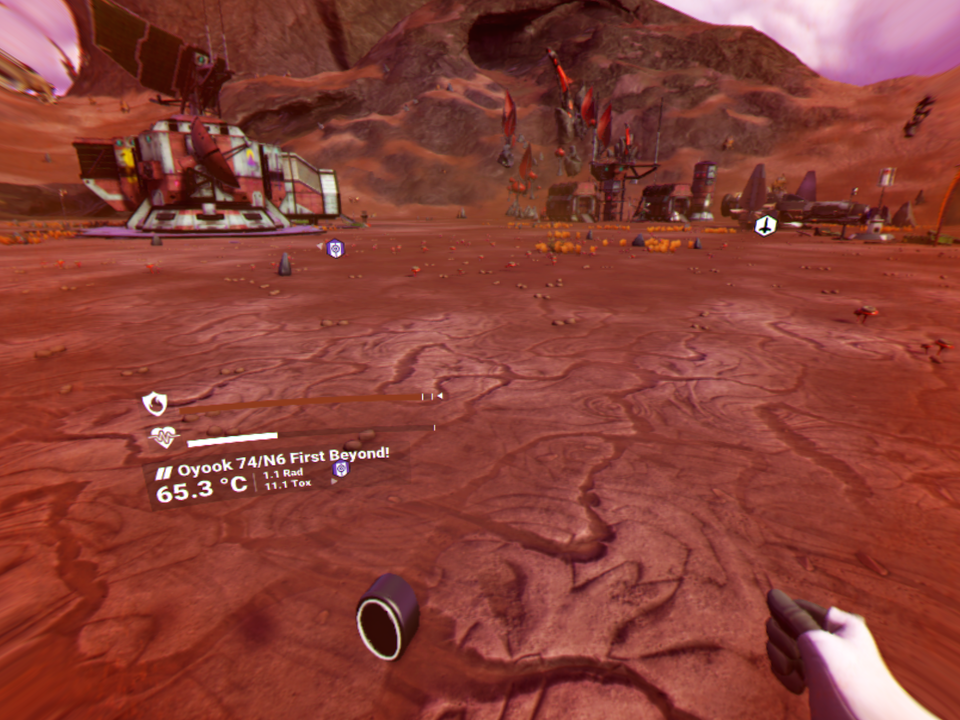
-
No Man's Sky Beyond Review #37
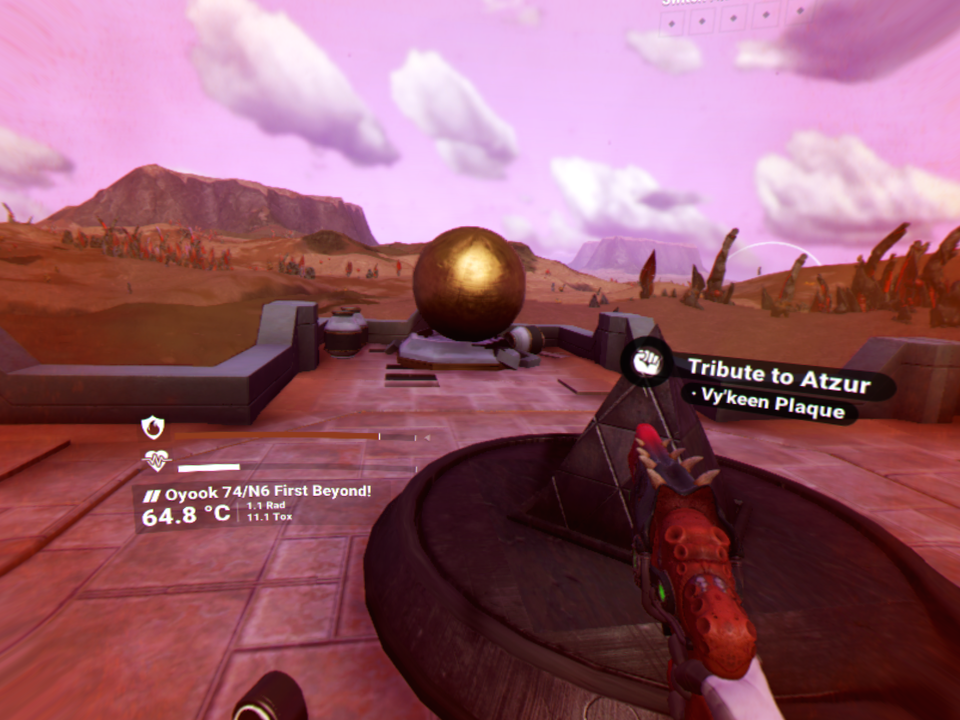
-
No Man's Sky Beyond Review #38

-
No Man's Sky Beyond Review #39
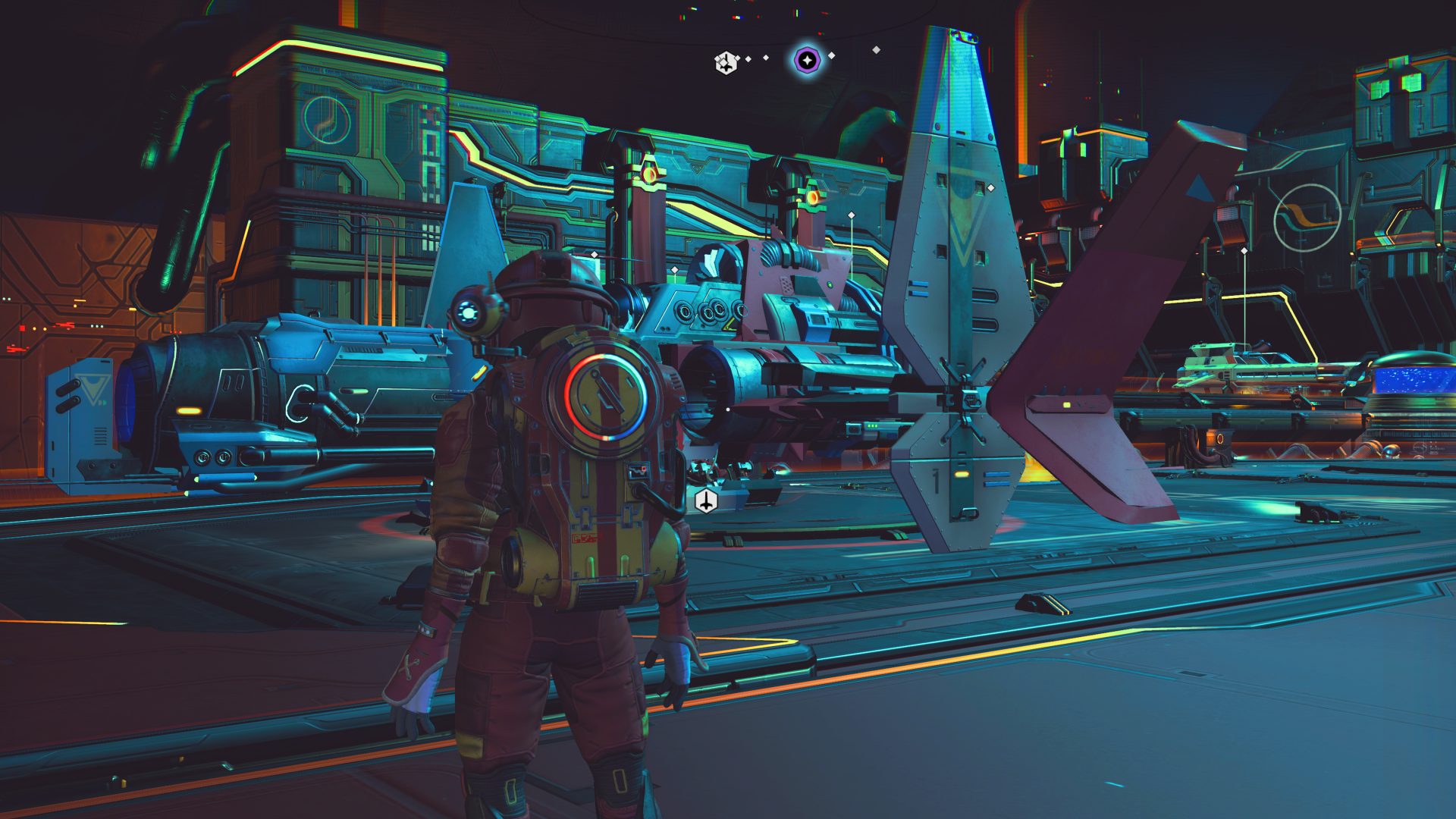
-
No Man's Sky Beyond Review #40
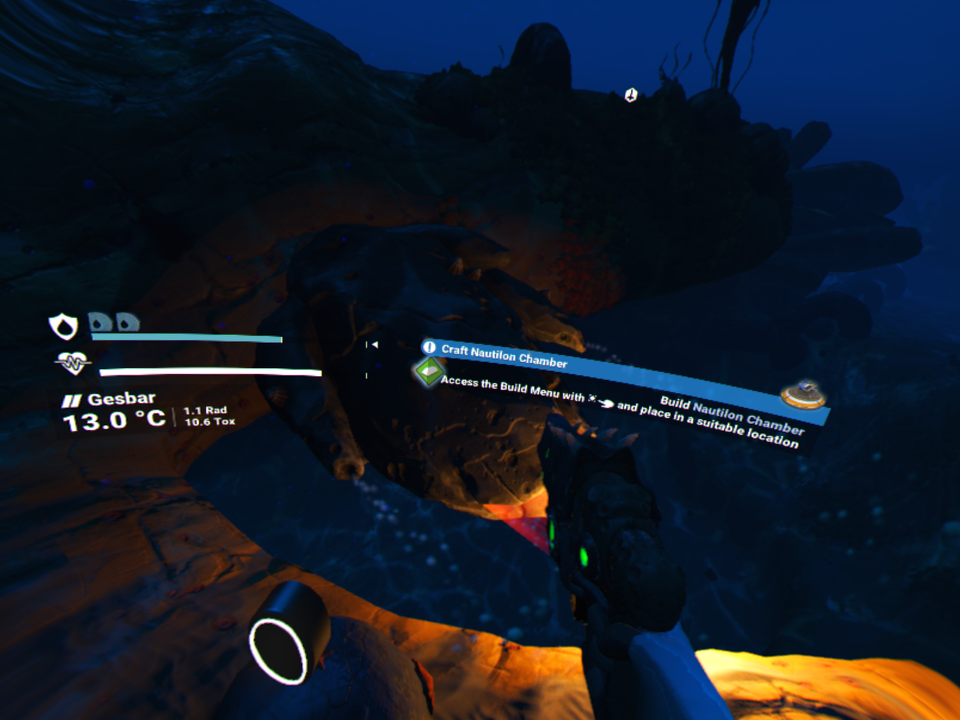
-
No Man's Sky Beyond Review #41
